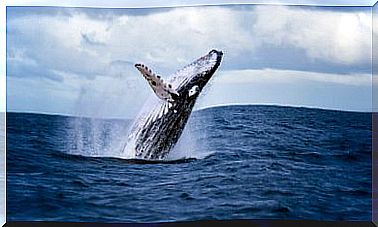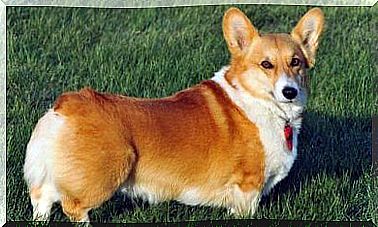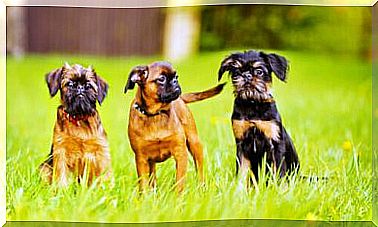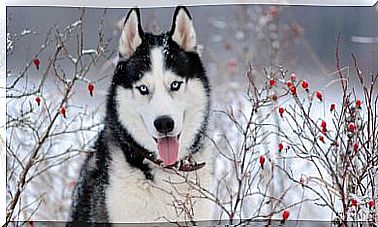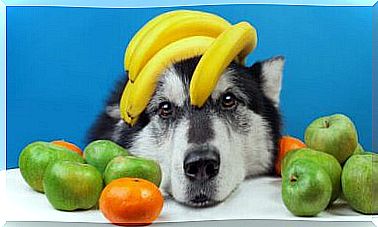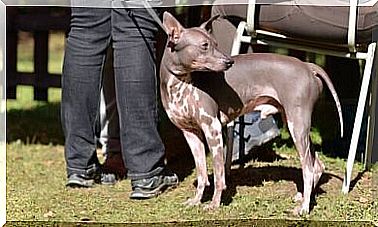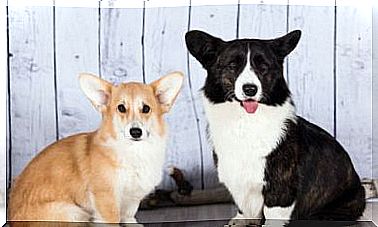The Eurasian Aurochs: A Huge Mammal
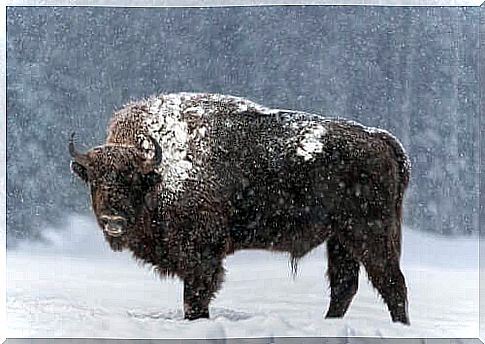
The Eurasian aurochs ( Bos primigenius primigenius) is the ancestor of domestic cows and bulls. It roamed freely across the plains of Eurasia until its disappearance in 1627. Next, we’ll talk about the impressive features of this huge mammal.
Aurochs or bison? The taxonomic debate
Until the seventeenth century, most European scientists and naturalists considered the aurochs and bison to be the same species, assuming they were the common ancestor of our domestic cattle.
However, in the 18th century, some naturalists began to claim that there were two distinct species: the aurochs (wild ancestor of the bull) and the bison, a close relative alive today.
Therefore, there were two currents of opinion: one that defended the existence of a single bovine and another that believed that there were two distinct species.
Everything started to change after several fossil discoveries in the 19th century. From then on, it was possible to observe how the Eurasian aurochs and the bison were clearly different, and some naturalists, such as Bojanus, for example, changed their minds and accepted the theory of the two species as valid.
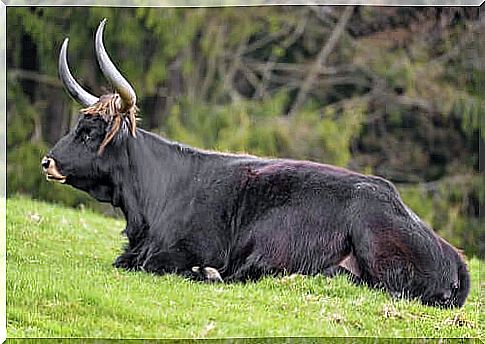
Characteristics of the Eurasian Aurochs
The Eurasian aurochs looked like a huge species of bull, with wilder features. His weight could easily reach a ton and he was six feet tall, a little shorter than his relative, the American aurochs. Therefore, although similar, there were many things that differentiated them from current cattle :
- A considerably larger and heavier skull that supported horns that could reach the impressive three-foot mark.
- Longer and more flexible legs, as well as muscular.
- A very athletic musculature, especially in the neck area, especially in males.
behavior and habitat
It is believed that the Eurasian aurochs lived in herds, dominated by one or two males. Their supremacy was established through struggles where social status was achieved. These fights took place, as with most mammals, at the time of mating.
As for its habitat, in addition to the meadows already mentioned, it is believed that it also frequented forest clearings and riverbanks. The loss of this habitat was the main factor for its extinction, as we will see later.
Natural history of a fascinating species
Expansion through Eurasia
During the Pliocene, the climate was cooler than today. So there were huge herbaceous meadows in Eurasia.
This gave a great adaptive advantage to animals such as cattle, already accustomed to the cold because of their coat and their condition as herbivores. Thus, the aurochs spread throughout Eurasia, diversifying into various subspecies, some of which would be domesticated.
Domestication: origin of our current cattle
According to several studies, during the Neolithic revolution, there were two domestications in different parts of the world. These domestications were as follows:
- In the Indian subcontinent, giving rise to the current zebu ( Bos primigenius indicus ).
- In Europe, giving rise to domestic cows and bulls ( Bos primigenius taurus) .
Extinction
Like most of the Pleistocene fauna, the aurochs had their habitat reduced due to human expansion. Because of hunting and the expansion of crops, these magnificent animals found fewer and fewer places to live.
Its population was reduced to a few hundred in the Middle Ages. The last specimens lived in the forests of Poland, where they were an exclusive hunting trophy for kings. The last specimen, a female, died in Jaktorow Forest in 1627.
The “genetic resurrection” of the auroch
In recent years, various programs have been proposed to try to obtain specimens as similar as possible to the original aurochs.
This can be achieved by crossing domestic breeds with ancestral traits, some of which are already in decline. Some of these races would be the Spanish sayagüesa, limia and pajuna , the primitive Italian maremmana and the Portuguese maronesa .
The genetic material of the aurochs comes from fossil remains and it is expected that by 2025 the most similar specimen to date will be obtained.
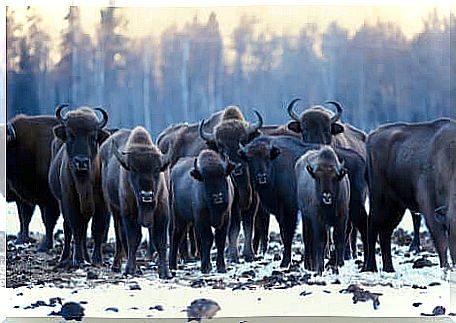
However, one of the things that will be difficult to recover will be the character and behavior of the ancestral aurochs, currently affected by centuries of domestication.
